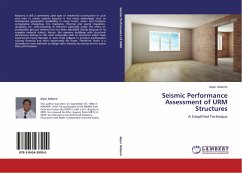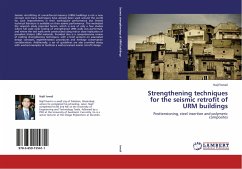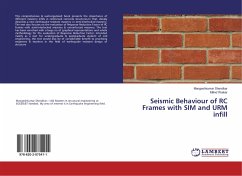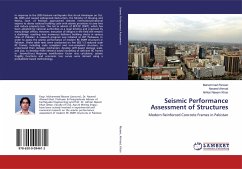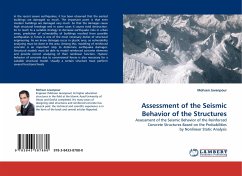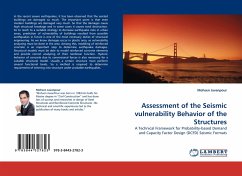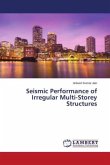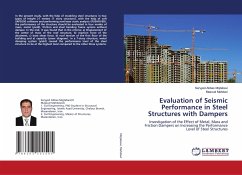Masonry is still a commonly used type of residential construction in rural and even in urban regions because it has many advantages such as widespread geographic availability in many forms, colors and textures, comparative cheapness, fire resistance, thermal and sound insulation, durability, etc. Unfortunately, its behavior especially under the effect of earthquake ground motions has not been identified clearly because of its complex material nature. Hence, the masonry buildings with structural deficiencies belong to the most vulnerable class of structures which have experienced heavy damage or even total collapse in previous earthquakes causing financial and more importantly life losses. Therefore, there is a necessity for new methods to design safer masonry structures and to assess their performance.
Bitte wählen Sie Ihr Anliegen aus.
Rechnungen
Retourenschein anfordern
Bestellstatus
Storno

